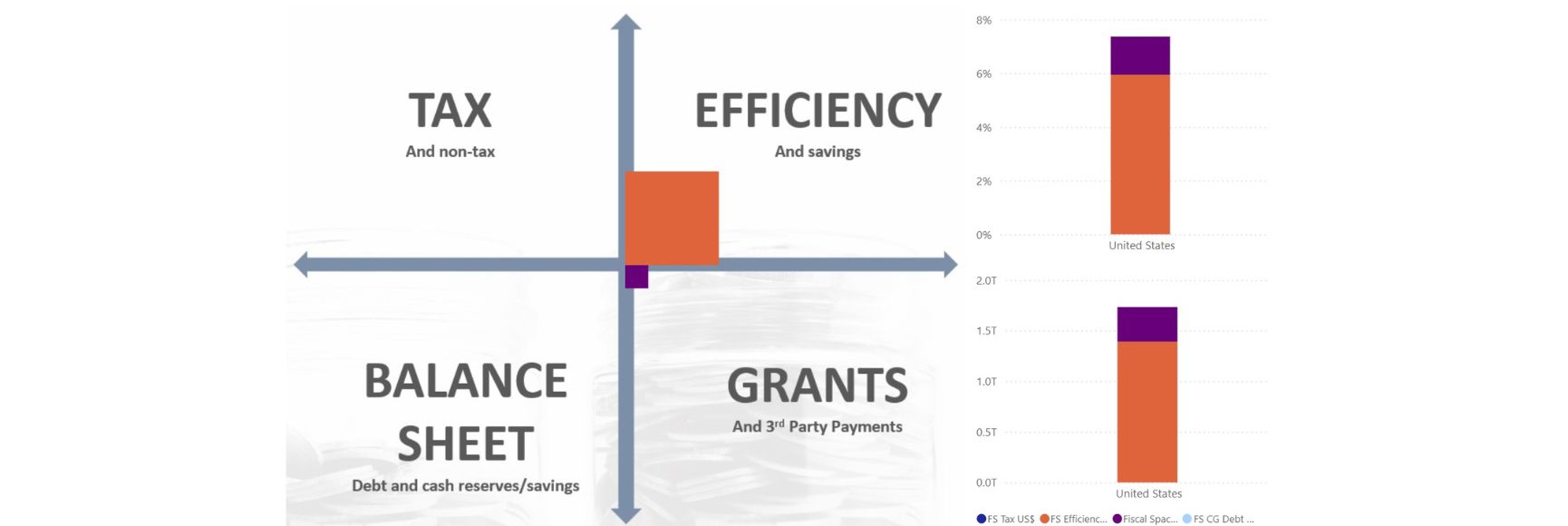Posted by Teresa Daban and Jean-Luc Helis
A recent working paper overviews the challenges posed by nonrenewable resource revenues, the policy prescriptions to meet them, and the Public Financial Management (PFM) framework and reforms those low-income resource-producing countries (LIRPCs) should adopt. This paper contributes to fill in a gap, and therefore could be helpful in particular to technical assistance practitioners and authorities involved in reforms in this area. Indeed, there exists little guidance in the PFM literature on answering the following questions on a systematic and comprehensive way: What are the minimum requirements for a PFM framework to be robust enough to prevent the resource curse?[1] And, given LIRPCs’ weak PFM systems, what essential PFM reforms are politically and technically feasible? Most of the literature focuses on some of the elements that underpin a sound resource revenue management framework, such as the establishment of well-defined resource funds and the promotion of transparency.
Drawing on country experience, the paper shows that in a few cases the adoption of special operational mechanisms for the management of resource revenue has been successful. However, it also shows that the design and implementation of these operational mechanisms pose significant challenges to LIRPCs. For instance, earmarking mechanisms, when designed and implemented in a very rigid way, have sometimes hampered the implementation of unified budget and liquidity management. They have also eroded the competition for resources within the budget, affected the efficiency of government spending, and led to the fragmentation and delay of the budget process, especially in countries with poor information-sharing practices. In some other cases, the establishment of separate investment committee and oversight bodies has resulted in high administrative costs, reflecting the differentiated, expensive, and sometimes privileged bureaucracy of the separate bodies. In addition, in LIRPC it could be difficult to find enough qualified people to staff these committees, which may end up not being independent and accumulating a lot of power. Moreover, if they are not well designed, the existence of separate budgetary bodies in LIRPCs could erode incentives for reforming existing budgetary institutions and building an efficient and merit-based civil service.
Against this background, this paper outlines a PFM framework and reform path for the management of resource revenues, and specifically the special challenges that resource revenues pose to LIRPC. The proposed PFM system would include: (1) a transparent and comprehensive presentation of resource revenue in the budget—emphasizing the role of the nonresource deficit; (2) a set of sound long-term projections, a sustainable long-term fiscal strategy, realistic medium-term fiscal frameworks, and a set of well-defined budget classification; (3) a system of flexible and transparent transfers from the treasury accounts to finance the nonresource budget deficit; (4) the development of an unified budget execution process, avoiding rigid earmarking mechanisms; (5) sound cash flow management, based on a simple and integrated banking circuit and a TSA; (6) sound and integrated asset-liability management; and (7) enhanced accountability and transparency mechanisms. In addition, the paper outlines the adoption of a sequenced path of PFM reforms which focuses in the short term on tools that could be implemented even in countries where PFM is rather basic, while over the medium and long term aim at converging with best—and more sophisticated— international practices.
The full text of the working paper can be accessed here.
--------------------------------------------------------------------------------
[1] If well-managed, resource revenues could represent a big economic opportunity for nonrenewable natural resource-producing countries, and especially for LIRPCs. However, the management of resource revenues poses significant challenges in the form of the so-called “resource curse”—a complex phenomenon through which an abundance of resource revenues can translate into stagnation, waste, corruption, and conflict. Some of the challenges derive from the macroeconomic and budgetary difficulties of managing large and volatile funds. Yet other challenges derive from the way in which resource revenues are generated. Because they derive from depleting an exhaustible asset and can, in some occasions, be generated without the scrutiny of taxpayers, donors, and lenders, resource revenues may pose important intergenerational, political economy and governance challenges.





